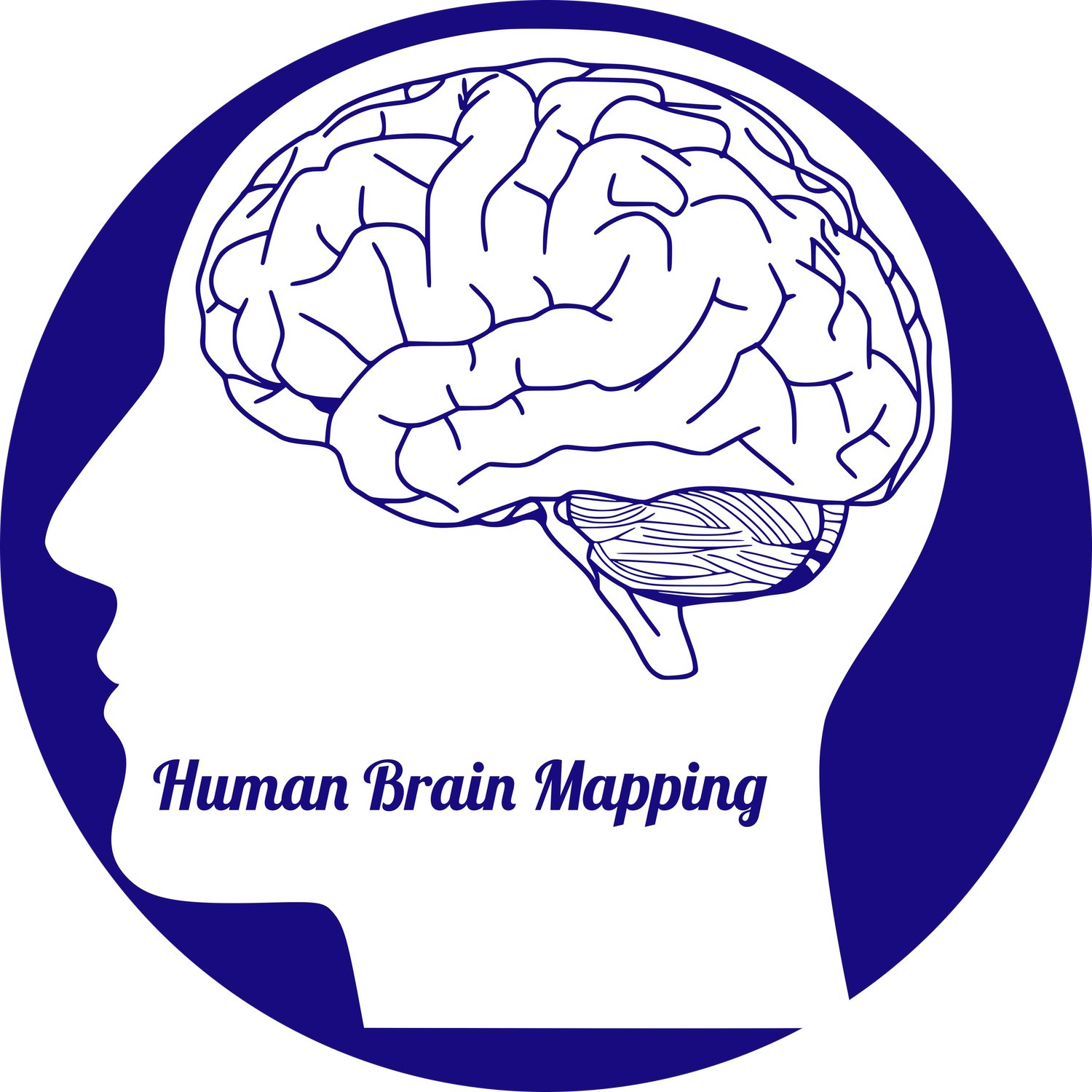The spatial and signal characteristics of physiologic high frequency oscillations.
Authors: Alkawadri et al.
To read the full article visit Epilepsia
OBJECTIVES:
To study the incidence, spatial distribution, and signal characteristics of high frequency oscillations (HFOs) outside the epileptic network.
METHODS:
We included patients who underwent invasive evaluations at Yale Comprehensive Epilepsy Center from 2012 to 2013, had all major lobes sampled, and had localizable seizure onsets. Segments of non-rapid eye movement (NREM) sleep prior to the first seizure were analyzed. We implemented a semiautomated process to analyze oscillations with peak frequencies >80 Hz (ripples 80-250 Hz; fast ripples 250-500 Hz). A contact location was considered epileptic if it exhibited epileptiform discharges during the intracranial evaluation or was involved ictally within 5 s of seizure onset; otherwise it was considered nonepileptic.
RESULTS:
We analyzed recordings from 1,209 electrode contacts in seven patients. The nonepileptic contacts constituted 79.1% of the total number of contacts. Ripples constituted 99% of total detections. Eighty-two percent of all HFOs were seen in 45.2% of the nonepileptic contacts (82.1%, 47%, 34.6%, and 34% of the occipital, parietal, frontal, and temporal nonepileptic contacts, respectively). The following sublobes exhibited physiologic HFOs in all patients: Perirolandic, basal temporal, and occipital subregions. The ripples from nonepileptic sites had longer duration, higher amplitude, and lower peak frequency than ripples from epileptic sites. A high HFO rate (>1/min) was seen in 110 nonepileptic contacts, of which 68.2% were occipital. Fast ripples were less common, seen in nonepileptic parietooccipital regions only in two patients and in the epileptic mesial temporal structures.
CONCLUSIONS:
There is consistent occurrence of physiologic HFOs over vast areas of the neocortex outside the epileptic network. HFOs from nonepileptic regions were seen in the occipital lobes and in the perirolandic region in all patients. Although duration of ripples and peak frequency of HFOs are the most effective measures in distinguishing pathologic from physiologic events, there was significant overlap between the two groups.
(A) Distribution of nonepileptic HFOs weighted by rate (HFO event/min, primarily ripples). The rate is projected on a triangular mesh model of a standardized brain. The heat map represents the average rate of HFO events (HFO event/min). We used nearest neighbor linear interpolation in 100 vertices around the center of each electrode contact. Power maps of detected HFOs (not shown) mirror the maps of HFO rates. Areas that were not sampled appear uncolored. (B) Summary of electrode contact placement, classification, and association with HFOs in all the patients. Contact locations are spatially transformed and coregis- tered with a standardized brain (MNI). The dots mark the location of the centers of the electrodes, and do not represent the size of the electrode. red dot, A contact with HFOs in an epileptic site; black, a contact without HFOs in an epileptic site; Green dot, a contact with HFOs in a nonepileptic site; white dot, a contact without HFOs in a nonepileptic site.
Acknowledgement: We wish to acknowledge the generous support of the Swebilius trust. We thank Mrs. Rebecca Khozein DOM, MS, REEG/EPT, RPSGT, RNCST, and Tamara Wing R.EEG T for their help with EEG data acquisition. We thank Norman So M.D. for his comments.

